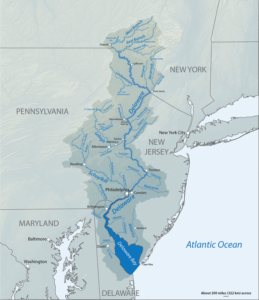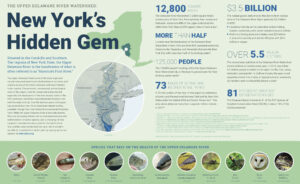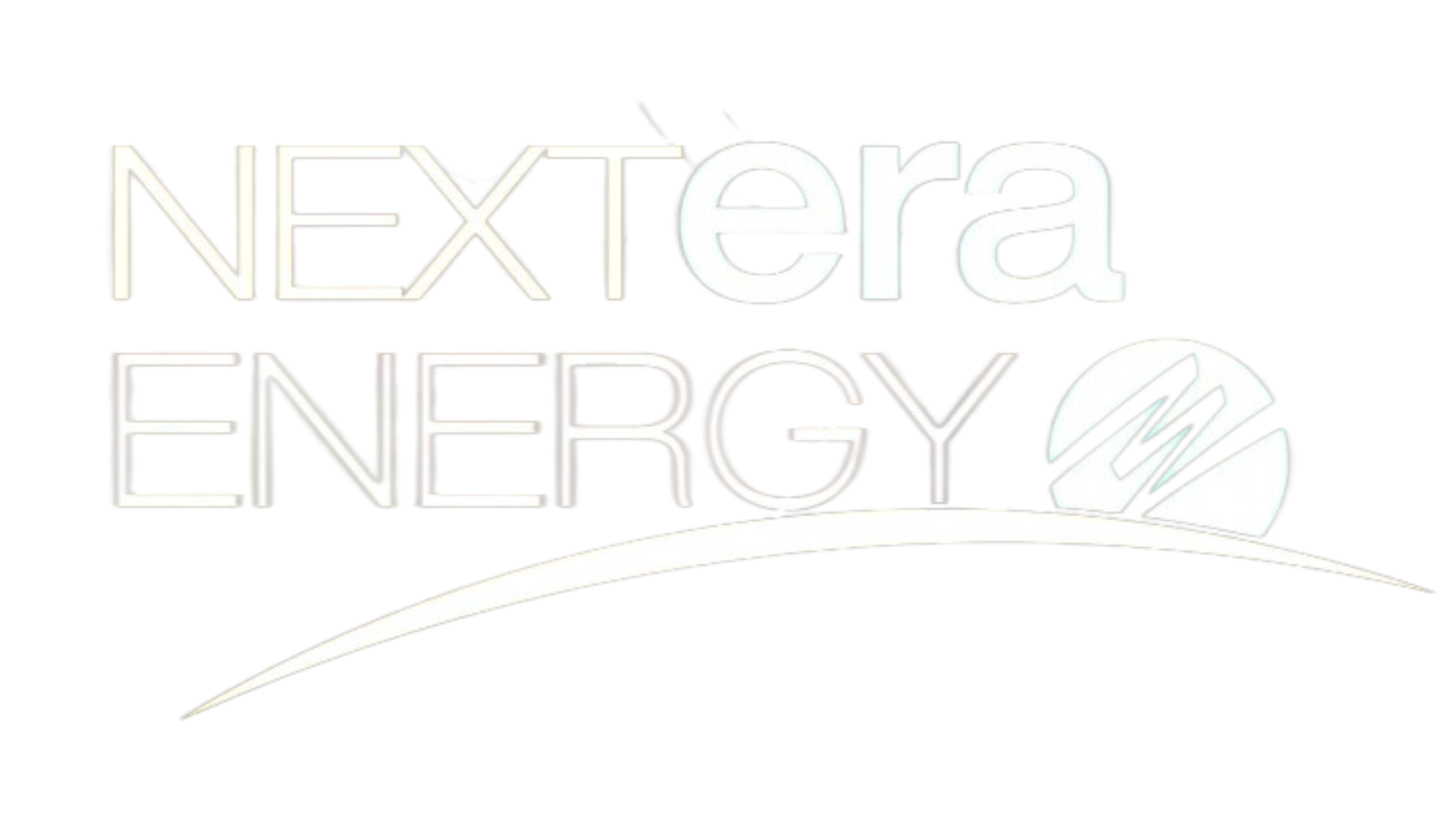On January 14, 2021, together with Columbia University’s Sabin Center for Climate Change Law, we held the fourth virtual forum in our series on Implementing the Climate Leadership and Community Protection Act. This roundtable focused on how protecting and managing New York’s Natural Resources can help us achieve the goal of net zero greenhouse gas (GHG) emissions statewide by the year 2050. The forum was divided into two panels, one focusing on the state’s forests and the other on the agricultural sector.
A recording of the forum is available here.
NYLCVEF President Julie Tighe kicked off the event, remarking on the state’s long history of protecting natural lands, dating back to the creation of Adirondack State Park. She also mentioned the importance of trees, which act as carbon sinks and help combat the “urban heat island” effect.
The first panel was moderated by Dr. Shahid Naeem, Chair of the Department of Biology at Columbia University. He mentioned the effect that forests have on the prevalence of carbon dioxide in the atmosphere, presenting a graph which illustrated how carbon dioxide levels rise in the winter and fall in the summer due to the increase in photosynthesis during that time. Carbon dioxide can accumulate in the atmosphere, the ocean, or the biosphere, but the latter is the only favorable carbon sink, said Dr. Naeem. He also emphasized the need to think of solutions which work on a global scale, but implement them on a local scale. According to Dr. Naeem, managing nature to mitigate and adapt to climate change is a multidimensional endeavor, involving social engagement, conservation-driven management, and use-driven management.
Sam Bishop’s work emphasizes social engagement. A board certified Master Arborist, Bishop serves as the Director of Urban Forestry and Education at Trees New York, a nonprofit whose mission is to plant, preserve, and protect New York City’s urban forests through education, active citizen participation, and advocacy. During the forum, he emphasized the use of trees to combat urban heat islands, areas where temperatures are higher than adjacent land due to land-use changes, including the use of heat-absorbing materials. Because of the shade they provide and a process called evapotranspiration which absorbs heat from the environment to evaporate water, trees are an important tool in fighting these hot patches. Bishop also mentioned the important role urban forests and street trees play in addressing environmental justice issues. During the Q&A portion of the forum, he said that upstate and urban forests are connected, with diseases and invasive species passing between them.
Jessica Ottney is the New York Policy Director at The Nature Conservancy. During the forum, she mentioned that most of New York’s forested land area is privately owned, with families accounting for 57% and corporations for another 14%. She then talked about the environmental benefits of these natural areas, which currently sequester a net of 26 million metric tons (MMT) of carbon dioxide annually. The goal is to increase that to 30 MMT by 2030 and 60 MMT across all land types by 2050. This can be achieved through work on a number of fronts, according to Ottney. We should continue to protect currently forested land, which is being done through research to map past, current, and potential future forest loss. Additionally, we can manage our forests more efficiently by having foresters help private landowners steward their forests in a way that maximizes the carbon they sequester. It is also important to address areas where regeneration status is threatened by deer, invasive species, and development. Ottley also stressed the need to protect environmental funding during this especially challenging budget year. During the Q&A portion of the forum, Ottley brought up the fact that the various threats facing forests often exacerbate each other, citing how invasive species make it harder for forests to adjust to climate change. She also mentioned that there is a lot that local governments, planning boards, and town halls can do to protect forested areas.
John Bartow is the Executive Director of the Empire State Forest Products Association. During the forum, he talked about the role of the forests and wood products sector of New York in climate change solutions. Bartow mentioned that New York’s extensive and relatively stable forests provide economic, social, and ecological value. In addition to the $22.9 billion and nearly 100,000 jobs they provide to the economy, forests are the only existing large-scale mechanism for removing carbon dioxide from the atmosphere. Bartow also included the fact that despite a rise in the per-acre carbon sequestration rate, the annual state sequestration rate is declining due to forest conversion. This underscores the need to protect our state’s forests. According to Bartow, the increase in demand for harvested wood products is a positive development, because it encourages people to increase the area and productivity of forests. He stressed the importance of recognizing the role markets play in landowner decision making. During the Q&A section, Bartow talked about the huge impact of invasive species and emergent diseases on our forests, bringing up chestnut blight and mentioning that oak wilt has gotten people very nervous. With regards to a question on deforestation to clear space for renewable energy, he acknowledged that people want to be a part of the solution instead of simply saying to stay off their farms and forests.
The second panel was moderated by Elizabeth Wolters, Deputy Director of Policy at the New York Farm Bureau. She brought up that farmers are on the frontline of climate change, as they bear the brunt of storms and are affected by everyday weather changes. She stressed that agriculture has a large impact on the climate, not only through its methane and nitrous oxide emissions but also because it is one of the only industries which can sequester carbon. During the Q&A section, she said that farmer to farmer conversation is the best way to spread sustainable farming practices.
Jenifer Wightman is a research specialist at the Cornell College of Agriculture and Life Sciences. During the forum, she said that although agriculture accounts for only four percent of the state’s carbon dioxide emissions, there is still a need to focus on the sector’s methane and nitrous oxide emissions as well as the carbon dioxide that is released. According to Wightman, the agriculture sector can reduce emissions through sequestering carbon, destroying methane, increasing efficiency, displacing fossil fuels, and conserving energy and natural resources. She stressed the importance of cost in these practices, which is between $0 and $50 per ton of carbon dioxide mitigated. Finally, Wightman brought up the use of agrivoltaics, to allow farmland to be used for both renewables and agriculture.
Samantha Levy is the New York Policy Manager for the American Farmland Trust. During the forum, she reiterated Wolters’ point that farmers are on the frontline of climate change. She also mentioned that we need to produce 50% more food to accommodate population growth, while also cutting emissions as quickly as possible. Agriculture can help us get to net zero emissions, and that can be achieved through doubling annual carbon sequestration and reducing annual agriculture greenhouse gas emissions 30% by 2050. Soils store 2 to 3 times more carbon than the atmosphere and 2 to 5 times more than plants. Therefore, Levy says, how we manage them matters. She mentioned that through using cover crops and no-till or reduced-tillage practices, we could potentially sequester an additional more than 850,000 tons of carbon dioxide per year. Levy also stressed the importance of protecting farmland; New York lost 250,000 acres of farmland between 2001 and 2016 and only 76,000 acres are permanently protected statewide. Levy also mentioned that our farmers are aging and that we need to bring a younger generation into the land.
John Macauley is a farmer at his family farm, Macaluey Farms of Livingston County. After tilling and unknowingly damaging their soil for 72 years, his family farm started experimental no-till in 2009. In 2014, they made the decision to go 100% no till. Now, the farm also employs cover crops, which warm the soil in the spring, help sequester carbon, protect cash crops from slugs, protect the soil from extreme rain, and give a nice layer of mulch for the next year’s crop. The result of these practices has been a $25,000 increase in revenue and 135% return on investment. During the Q&A section of the forum, Macauley mentioned that his family’s farm started to change their practices through a no-till program with the Natural Resources Conservation Service, and then moved on to doing a cover-crop program with them.
Matt Tomich is the President of Energy Vision. During the forum, he emphasized that although methane accounts for only around 10% of GHG emissions in the state, it is responsible for 29% of the impact. He then went on to describe anaerobic digestion, a process through which organic wastes decompose in an oxygen-free environment and release biogas. According to Tomich, the vast majority of food waste ends up in landfills, where it emits large amounts of biogas and methane. Biogas has historically been used to produce electricity and heat, said Tomich. However, biogas, which is 50% to 65% methane, can be upgraded to renewable natural gas (RNG), which is 95+% methane. Tomich says that RNG can readily replace fossil fuels in numerous applications, and that the NY MTA began fueling more than 700 of its buses with RNG starting last fall. Finally, he emphasized that RNG made from dairy manure is significantly carbon negative.
Chris Noble is the Vice President of Noblehurst Farms. Noblehurst Farms practices converting manure into biogas which powers the rest of the campus. Noble explained that this is achieved by taking organic material and putting it in a vessel that can quickly turn it into biogas. He also noted that this system is replicable, and mentioned that it is most efficient to harvest methane on a larger-scale system. We must also divert organic material from landfills for either compost or digestor operations, says Noble. There is beneficial reuse for this material in energy production and returning nutrients back into land where they belong.
Thank you to our sponsor, ConEdison, for helping to make this forum possible.












